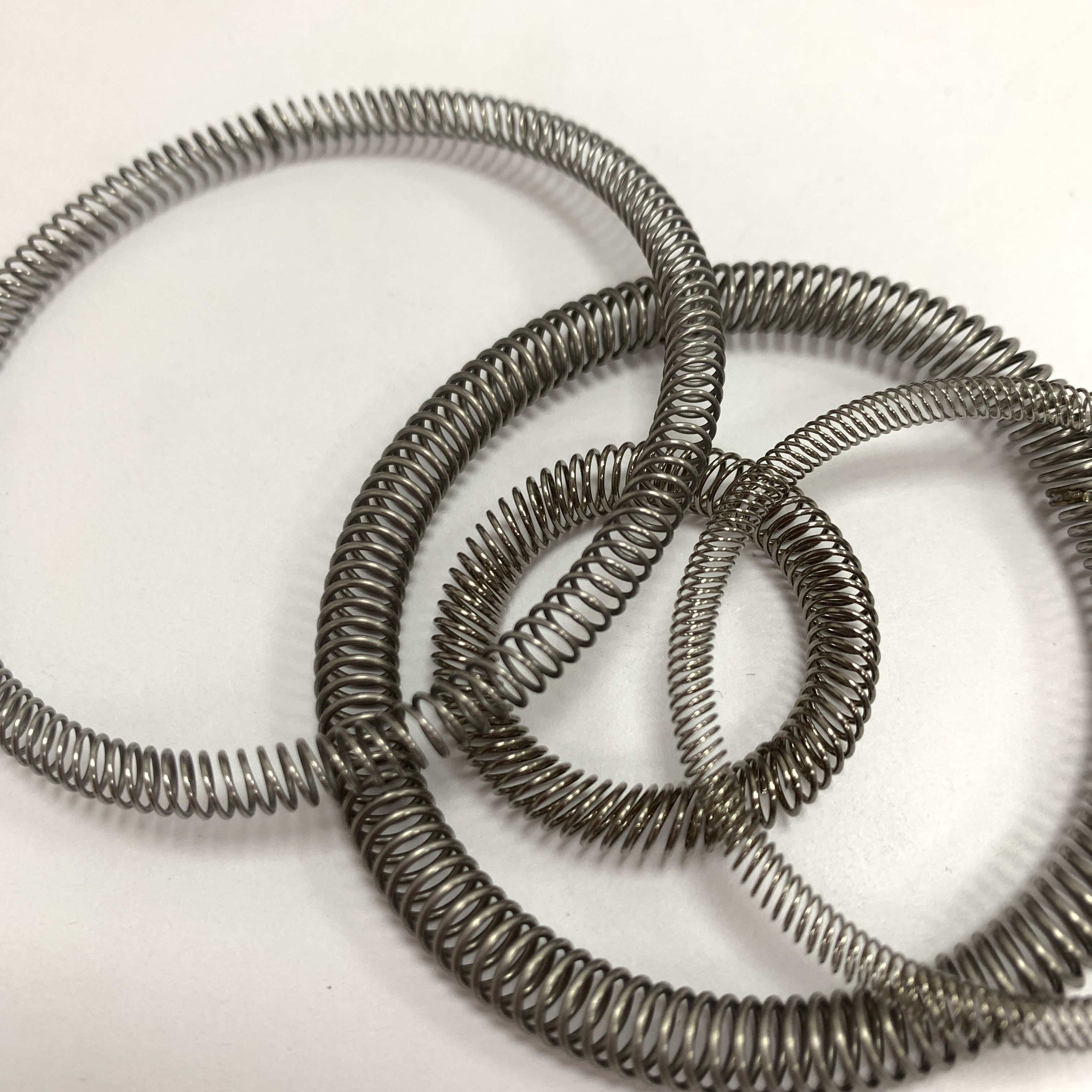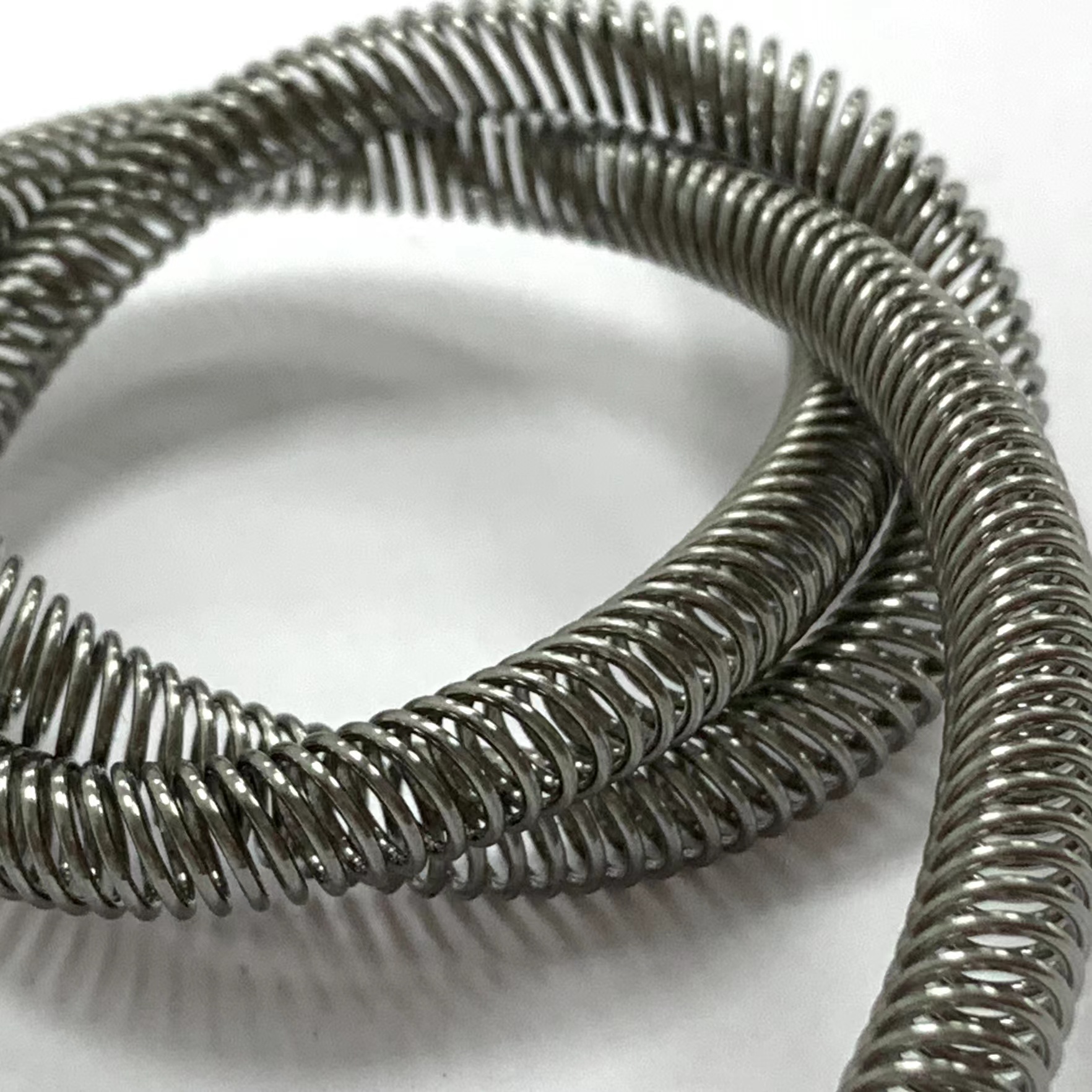Canted Coil Springs are a type of spring used in a variety of applications such as shock absorbers, automotive suspensions, and industrial machinery. This type of spring is made of a single piece of metal, and its design allows it to be canted (angled) to achieve a specific load-deflection curve. This guide will provide a basic understanding of their design, applications, and benefits.

Design of Canted Coil Springs
They are made of a single piece of metal, usually steel or titanium. The spring is formed into a cylinder, with each end of the cylinder cut at an angle to create a camber. The camber on each end of the spring determines the degree of cantedness, with more camber resulting in a greater degree of cantedness.
Applications of Canted Coil Springs
They are used in a wide range of applications, including automotive suspensions, shock absorbers, industrial machinery, and robotics. In automotive suspensions, canted coil springs are used to absorb energy during bumps and provide a smoother ride. In shock absorbers, canted coil springs are used to dampen vibrations and absorb energy during impact. Industrial machinery and robotics use canted coil springs to provide precise control over movement and position.
Benefits of Canted Coil Springs
One of the key benefits is their ability to provide precise control over the displacement of the spring. The degree of cantedness can be precisely controlled during the manufacturing process, allowing for a wide range of load-deflection curves. This allows for optimal performance in a variety of applications, including automotive suspensions, shock absorbers, and industrial machinery.
Another benefit of the springs is their durability. The camber on each end of them helps to distribute the stress evenly, reducing the risk of fatigue and premature failure. The design of canted coil springs also allows them to withstand high loads without deformation, making them suitable for applications where a high degree of precision is required.

In conclusion, canted coil springs are a type of spring used in a variety of applications, including automotive suspensions, shock absorbers, and industrial machinery. They are made of a single piece of metal, and their design allows for precise control over displacement and durability. They offer a number of benefits over other types of springs, making them a popular choice for manufacturers and engineers.